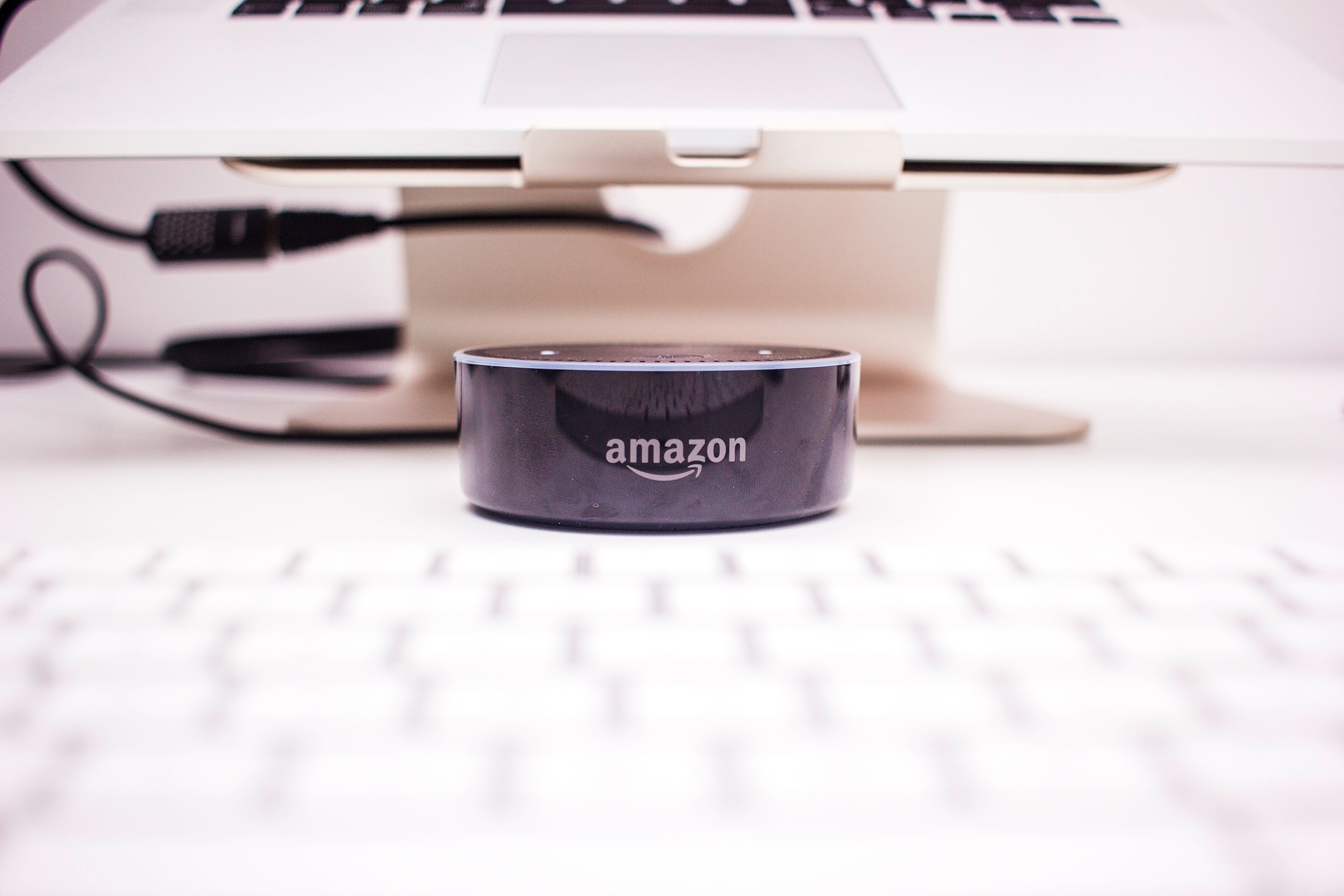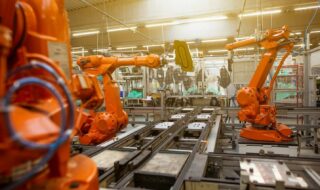
Delivery is an important process in eCommerce operations and it is projected to diversify in 2018 as more retailers scramble to fulfill purchases and grab a large slice of the market. From retail giants like Amazon and eBay to niche companies, eCommerce delivery is expected to get better next year using updated technologies and expertise to improve efficiency and enhance customer satisfaction.
Overview of the eCommerce Market
eCommerce sales across the globe are worth $1.86 trillion in 2016 with sales revenue expected to climb to $4.48 trillion by 2020 (Statista, 2017). Internet shopping is one of the most popular activities online with 68.71% of adult users purchasing products and services on the web in 2015 according to Statista. Practically, anything can be bought online. Even if traditional brick and mortar stores don’t carry the products you wish to buy, you are nearly sure to find them on the deep web. The greatest challenge for retailers is to bring products and services to you as fast as possible.
Unmanned Aerial Vehicles (UAV)
Drones have several advantages. They can become faster and cheaper ways of product delivery to increase efficiencies. UAVs can also deliver to remote and rural areas improving accessibility to products and supply. The likes of UPS and Amazon made significant eCommerce strides in the field of drone delivery.
Earlier this year, Amazon tested its drone delivery system in a bid to improve shipping times faster to customers. Amazon’s Prime Air aims to provide fast shipping services in 30 minutes or less using drones in addition to a massive air fleet for deliveries. The first successful delivery occurred in December 2016 in Cambridge, England. Currently, Amazon is seeking regulatory approval while tests and trials are ongoing to make delivery fast and safe.
UPS also makes use of drone technology by improving its shipping process. When a courier delivers a package, simultaneous delivery occurs to a nearby location by sending a drone to increase efficiencies. The drone has its own docking station on top of the UPS delivery truck and will be under the surveillance of the driver all the time.
Smart Locks
Granting access to homes for delivery of supplies and services can speed up order fulfillment saving time and money for the customer. With smart locks, couriers can enter the premises of a residence to deliver products. Walmart will start testing the smart lock concept with a partner retailer to deliver products and groceries at home. The trial also includes putting away groceries in the fridge instead of being left outside on the doorstep. Customers can watch the whole process via their mobile devices.
Amazon Key works the same way. It relies on Amazon’s CloudCam and a smart lock. It works by connecting a camera to your wireless internet at home. When a courier arrives at your doorstep, they will scan the barcode requesting access to your home via the cloud. Once everything is verified, the cloud instructs the camera to start recording the delivery process. The courier gets a prompt on their app that permission has been granted. With a simple swipe on their screens, your door is unlocked allowing the courier to drop your parcel inside your home. They will lock the door before they leave. As a customer, you will get a notification that the delivery is underway and completed. You can choose to watch a live stream of the process or review it later.
Faster delivery services are the main aim of eCommerce retailers for performance efficiency. This means more business for sellers and greater customer satisfaction. Although regulatory support still needs to be worked out for drones and customer acceptance for smart locks, these delivery innovations are expected to hug the limelight next year.



